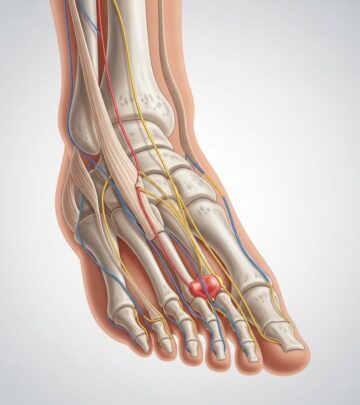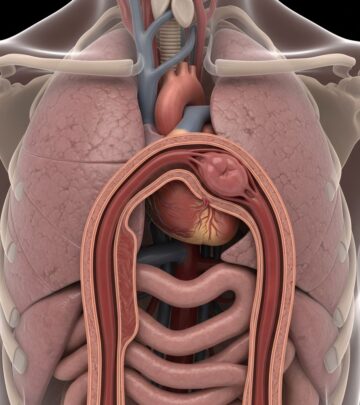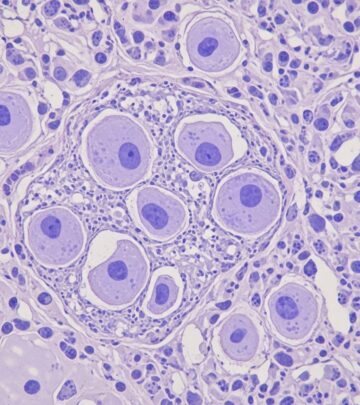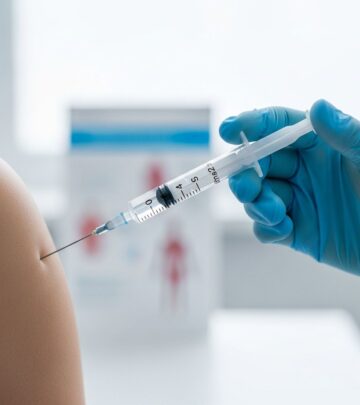Bladder Cancer: Symptoms, Causes, Diagnosis & Treatment
Explore the core symptoms, causes, and modern treatments for bladder cancer, including patient-centered care at leading cancer centers.
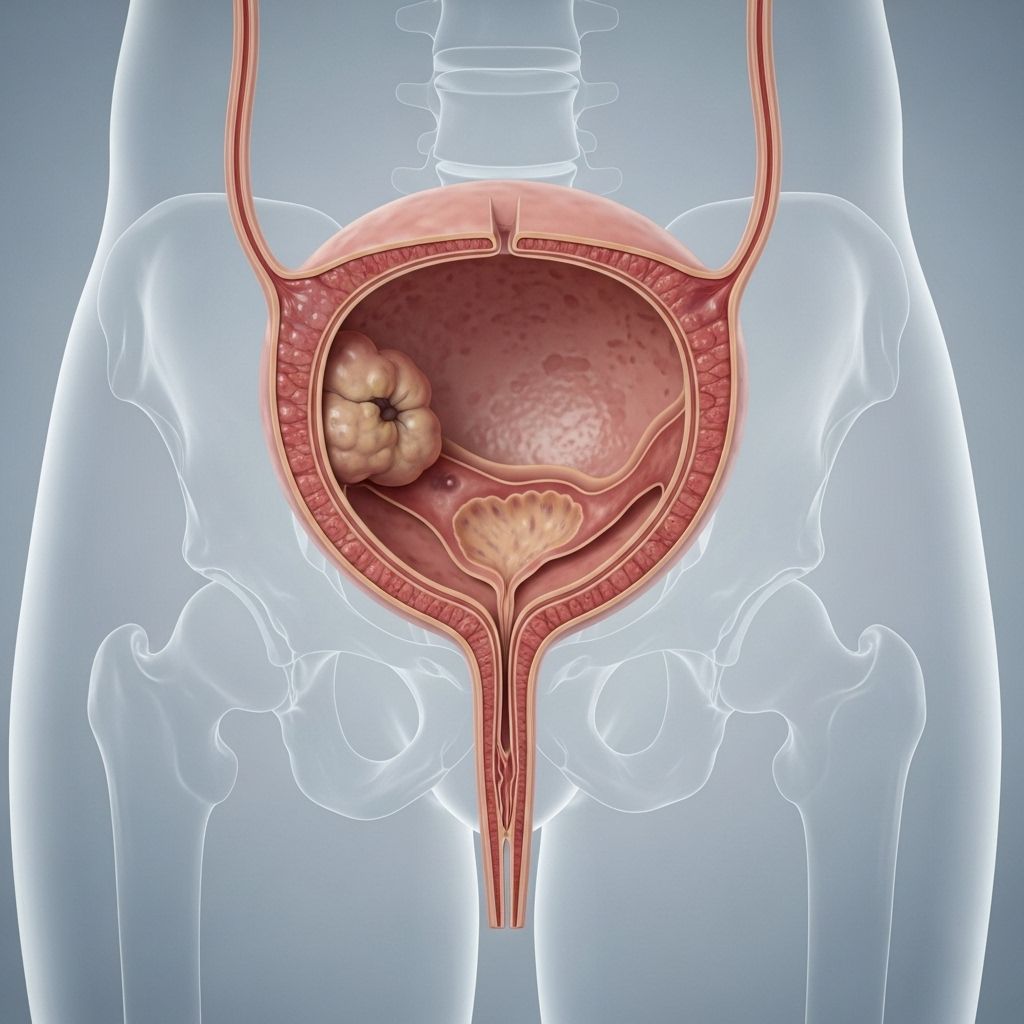
Bladder Cancer: An Overview
Bladder cancer is a relatively common cancer that develops in the tissues of the bladder, a muscular organ located in the lower abdomen whose primary function is to store urine before it is excreted from the body. Most frequently, it begins in the cells lining the bladder — known as urothelial cells — and can progress to invade deeper layers or even spread to other organs.
Symptoms of Bladder Cancer
Early detection of bladder cancer often hinges on recognizing its initial symptoms. Prompt consultation with a healthcare provider is recommended if any of these signs are present:
- Hematuria (Blood in the urine): The most common symptom. Urine may appear bright red or cola-colored, though sometimes blood is only detectable via laboratory tests.
- Frequent urination: An urge to urinate more often than usual, without increased fluid intake.
- Painful urination (Dysuria): A burning sensation or discomfort when urinating.
- Back pain: Pain, typically in the lower back, may develop if the cancer affects other areas of the urinary tract.
It’s important to note that these symptoms are not exclusive to bladder cancer; they can be caused by infections or other urological conditions. A doctor will often investigate more common causes first before referral to a specialist if necessary[10].
Causes of Bladder Cancer
The precise cause of bladder cancer remains unclear, but research has identified several factors that increase risk:
- Smoking: Tobacco smoke contains harmful chemicals that, when filtered by the kidneys, collect in the bladder and can damage its lining, leading to cancerous changes.
- Exposure to chemicals: Industrial chemicals, such as those used in dye, rubber, leather, and paint industries, may raise risk.
- Chronic bladder irritation: Long-term urinary tract infections, bladder stones, or continuous catheter use can lead to cell changes that predispose to cancer.
- Radiation therapy: Prior radiation treatment to the pelvis increases risk over time.
- Family history and genetics: In some cases, genetic predisposition plays a role in bladder cancer development.
Bladder cancer is more common in older adults and men but can affect anyone.
Types of Bladder Cancer
Understanding the exact type of bladder cancer is crucial for guiding treatment:
- Urothelial carcinoma (transitional cell carcinoma): The most common type, originating from the inner lining of the bladder.
- Squamous cell carcinoma: Often associated with chronic irritation or infection; less common.
- Adenocarcinoma: Rare, arising from glandular cells within the bladder.
Each type may require different diagnostic techniques and therapies.
Risk Factors for Bladder Cancer
- Tobacco use: The greatest modifiable risk factor.
- Occupational exposure: Working with chemicals used in dye, paint, rubber, and leather factories.
- Age: Incidence increases with age, common in those over 55.
- Gender: Men are more likely to develop bladder cancer.
- Chronic bladder conditions: History of chronic bladder inflammation or infection.
- Previous cancer treatment: Prior pelvic radiation or certain chemotherapy agents increase risk.
Diagnosis: How Bladder Cancer Is Identified
Diagnosis involves a series of tests to confirm cancer presence, type, and stage. Methods include:
- Cystoscopy: A slender, flexible tube equipped with a camera (cystoscope) is inserted through the urethra to allow direct visualization of the bladder wall. Suspicious tissue can be biopsied during this procedure.
- Biopsy: Removal of suspect tissue for microscopic examination and confirmation of cancer cells.
- Urine cytology: Laboratory examination of urine to detect cancerous cells.
- Imaging studies: Tests such as a CT urogram or retrograde pyelogram use contrast dyes to illuminate the urinary tract and reveal any abnormal growths via X-ray or CT scanning.
After diagnosis, additional imaging may be performed to determine the extent (stage) and grade of the cancer, guiding treatment decisions.
Staging and Grading of Bladder Cancer
Cancers are staged to describe how far they have spread, while grading refers to how aggressive the cancer cells appear under a microscope:
| Stage | Description |
|---|---|
| Stage 0 | Non-invasive tumor found on the surface of the bladder lining |
| Stage I | Tumor invades the inner lining but not the muscle wall |
| Stage II | Tumor invades the muscle wall |
| Stage III | Tumor invades surrounding tissues/organs |
| Stage IV | Cancer has spread to distant sites (metastatic) |
In addition, bladder cancers are classified as low-grade (slower-growing, less likely to spread) or high-grade (more aggressive, higher risk of spread).
Treatment Options for Bladder Cancer
Treatment varies depending on cancer type, stage, grade, and patient health and preferences. Multiple modalities may be used, sometimes in combination:
- Surgery:
- Transurethral resection of bladder tumor (TURBT): Minimally invasive procedure performed with cystoscopy to remove non-muscle-invasive tumors.
- Partial or radical cystectomy: Removal of part or all of the bladder for muscle-invasive or aggressive cancers. Reconstructive options include formation of a neobladder or ileal conduit.
- Chemotherapy:
- Intravesical chemotherapy: Direct administration of drugs into the bladder for localized disease.
- Systemic chemotherapy: Drugs administered throughout the body, especially for advanced or metastatic cancer and often before or after surgery.
- Radiation therapy: High-energy beams are used to destroy cancer cells, often as a primary treatment or in combination with chemotherapy for those who cannot undergo surgery.
- Immunotherapy: Drugs help the immune system recognize and fight cancer. May be administered locally or systemically.
- Targeted drug therapy: Medications target specific cellular weaknesses in advanced cancers.
Each approach has unique benefits, risks, and side effects. Your care team will discuss suitable combinations based on your individual case.
Innovations and Care for Bladder Cancer Patients
Modern cancer centers, such as Mayo Clinic, offer advanced, multidisciplinary care for bladder cancer patients:
- Specialized surgical expertise: Surgeons skilled in minimally invasive and robotic techniques, including bladder reconstruction.
- Comprehensive treatment options: Multidisciplinary teams help patients make informed decisions, considering all available modalities.
- Access to cutting-edge research and clinical trials: Opportunities to participate in studies offering the latest therapies.
- Holistic support: Includes counseling, rehabilitation, and post-surgical recovery resources.
- Quality-of-life considerations: Focused on balancing effectiveness, potential side effects, and patient goals, especially regarding urinary reconstruction, ongoing surveillance, and recurrence prevention.
Potential Complications and Recurrence
Bladder cancer can recur after treatment, sometimes requiring ongoing surveillance and repeated therapies. Complications may include urinary issues, sexual dysfunction, long-term pain, or challenges related to reconstructive procedures. Regular follow-up visits and tests are crucial for catching recurrences early.
FAQs About Bladder Cancer
Q: What is the most common symptom of bladder cancer?
A: Blood in the urine (hematuria) is the most frequent presenting symptom. Other signs include frequent, painful urination and back pain[10].
Q: Who is at highest risk for developing bladder cancer?
A: Older adults, males, smokers, and those with occupational exposure to chemicals are at highest risk. Chronic bladder conditions or a history of pelvic radiation also increase risk.
Q: Can bladder cancer be cured?
A: Early-stage bladder cancer is often treatable and potentially curable, especially if detected before it spreads beyond the bladder lining. Advanced disease can be managed with a combination of therapies but may have a higher risk of recurrence.
Q: What are the common side effects of bladder cancer treatment?
A: Side effects vary by treatment, but may include burning or pain during urination, fatigue, increased risk of infection, urinary retention or incontinence, and effects related to chemotherapy or radiation such as nausea or skin changes.
Q: Can lifestyle choices decrease my risk of bladder cancer?
A: Yes. Not smoking, avoiding unnecessary chemical exposure, treating urinary tract infections promptly, and maintaining regular medical checkups are key preventive strategies.
Prevention Strategies
- Avoid tobacco use.
- Minimize exposure to workplace chemicals.
- Treat chronic bladder conditions promptly.
- Maintain a healthy diet and hydration.
Summary Table: Bladder Cancer At-a-Glance
| Aspect | Details |
|---|---|
| Common Symptoms | Blood in urine, frequent or painful urination, back pain |
| Main Causes | Smoking, chemical exposure, chronic irritation, genetics |
| Risk Factors | Age, gender, occupation, personal and treatment history |
| Diagnosis Methods | Cystoscopy, biopsy, cytology, imaging |
| Treatment Options | Surgery, chemotherapy, radiation, immunotherapy, targeted drugs |
| Prevention | No tobacco, chemical safety, treat bladder conditions early |
References and Further Reading
- Mayo Clinic: Bladder Cancer Symptoms and Causes
- Mayo Clinic: Diagnosis and Treatment
- Mayo Clinic: Comprehensive Bladder Cancer Care
References
- https://www.mayoclinic.org/diseases-conditions/bladder-cancer/symptoms-causes/syc-20356104
- https://www.mayoclinic.org/diseases-conditions/bladder-cancer/multimedia/vid-20537041
- https://cancerblog.mayoclinic.org/2023/05/30/bladder-cancer-what-you-should-know-about-diagnosis-treatment-and-recurrence/
- https://www.mayoclinic.org/diseases-conditions/bladder-cancer/care-at-mayo-clinic/mac-20356112
- https://www.mayoclinic.org/diseases-conditions/bladder-cancer/diagnosis-treatment/drc-20356109
- https://www.youtube.com/watch?v=4QjiU3lZWfk
- https://www.youtube.com/watch?v=f5vmjOsxPYA
- https://www.mayoclinic.org/diseases-conditions/bladder-cancer/multimedia/vid-20537042
- https://www.mayoclinichealthsystem.org/locations/new-prague/services-and-treatments/urology/urologic-conditions-and-treatments/bladder-cancer
- https://www.mayoclinichealthsystem.org/locations/albert-lea/services-and-treatments/urology/urologic-conditions-and-treatments/bladder-cancer
Read full bio of medha deb

